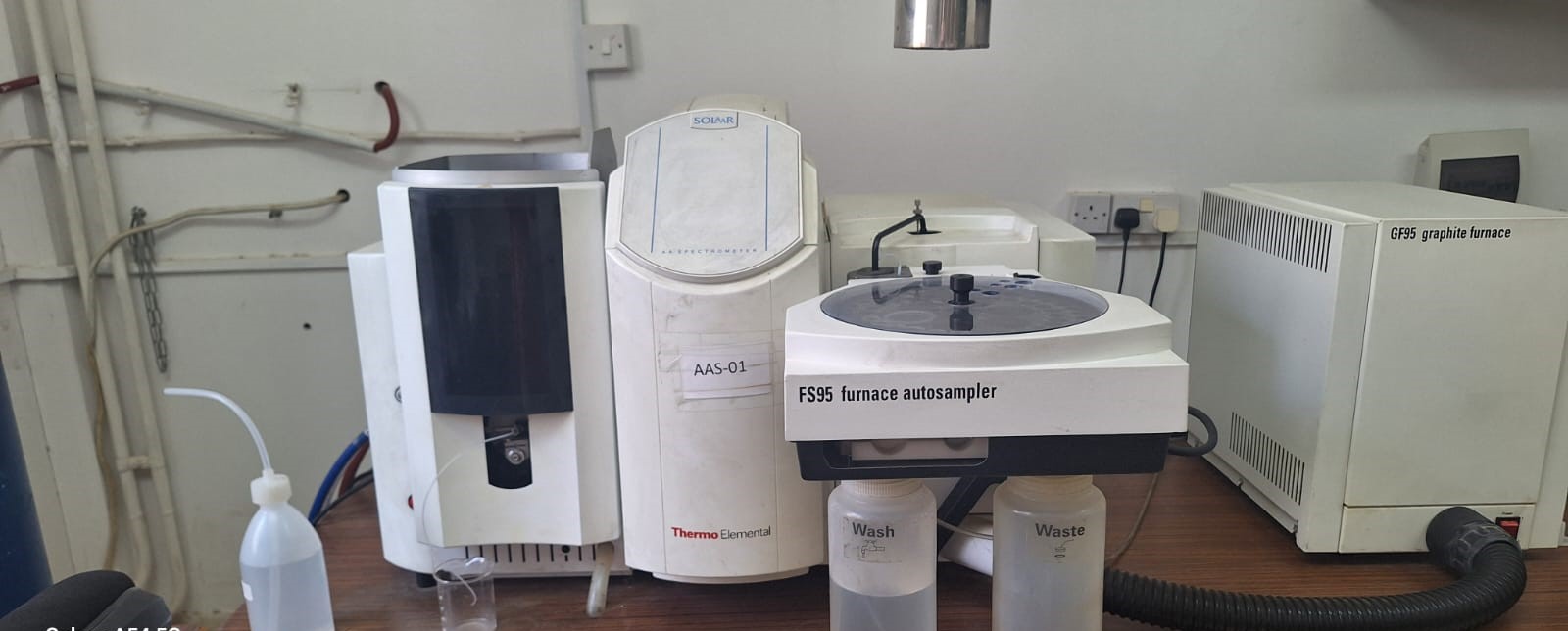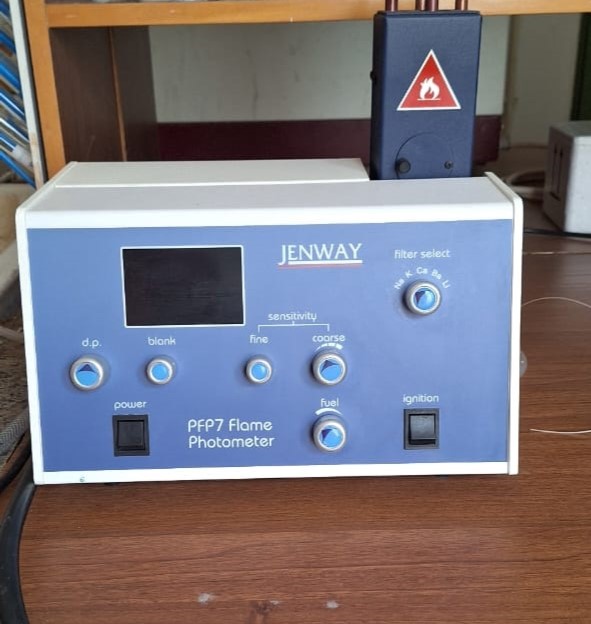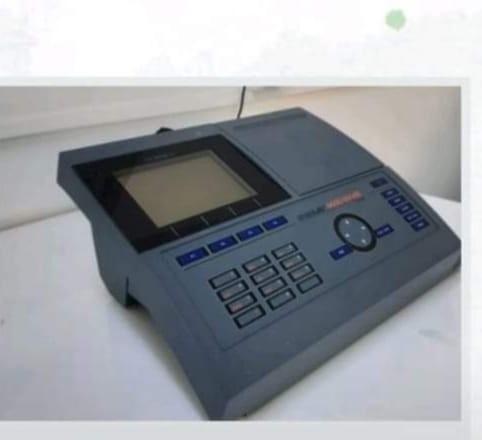Water Analyses Labs
1. Inductively Coupled Plasma (ICP):
ICP is a type of emission spectroscopy that uses inductively coupled plasma (argon in our case) to produce excited atoms and ions that emit electromagnetic radiation at wavelengths characteristic of a particular element. It is used to measure the ppb concentration of most heavy and trace metals found in the periodic table.

2. Atomic Absorption Spectrometer (AAS):
Atomic Absorption Spectrometer (AAS) is a technique used in analysis to determine an element's concentration. Because of its extreme sensitivity, atomic absorption can detect changes in a sample down to parts per million of a gram. The method utilizes the particular light wavelengths that an element absorbs. They line up with the energies required to move electrons from one higher energy level to another. Numerous applications exist for atomic absorption spectrometry in several branches of chemistry. Such as, Clinical analysis, Environmental analysis

3. Flame photometer:
A flame photometer is a technique used for quantitative elemental analysis. It is particularly useful in measuring alkali and alkaline earth metals, such as sodium, potassium, calcium, and lithium. By subjecting a sample to a flame, the energy provided excites the atoms or ions present, causing them to emit light at specific wavelengths. This emitted light is then measured and correlated to the concentration of the element in the sample.

4. Ultraviolet and visible spectrophotometers:
It is symbolized by the abbreviation (UV-Vis) and is a type of spectrometer that is classified under absorption spectroscopy, which occurs in the field of the ultraviolet spectrum and the visible spectrum.
It is used to determine the structural composition of a compound through the absorption of radiation at a specific wavelength, in addition to knowing the concentrations of a large group of positive and negative ions in solutions such as sulfate, phosphate, nitrate, cyanide, chloride, chlorine, etc.

